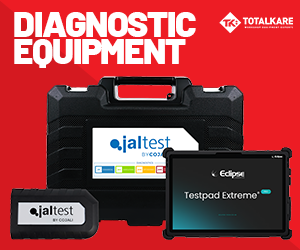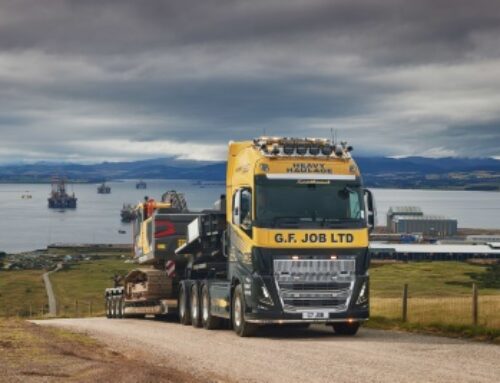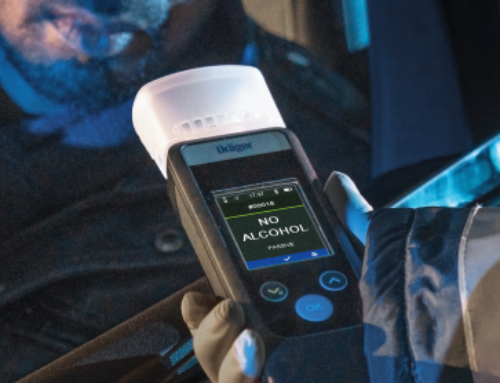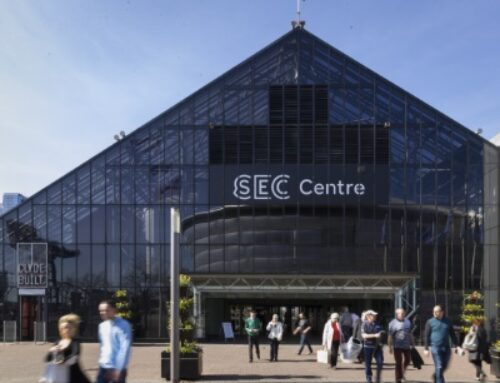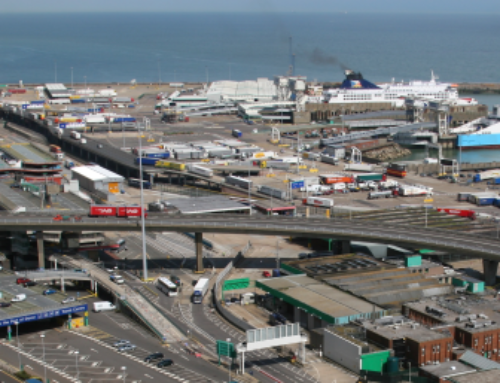Germany moves to secure hydrogen supplies
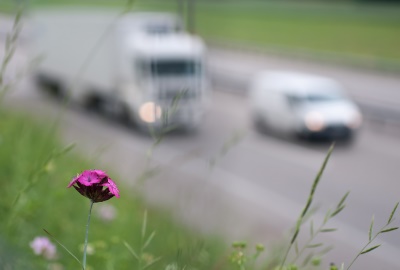 Senior managers and directors from the German automotive sector recently formed part of a delegation to Canada aiming to obtain long-term supplies of hydrogen for Europe’s industrial powerhouse.
Senior managers and directors from the German automotive sector recently formed part of a delegation to Canada aiming to obtain long-term supplies of hydrogen for Europe’s industrial powerhouse.
The two nations signed a joint declaration of intent last month, committing to collaborate in the export of clean hydrogen from Canada to Germany.
Negotiations have been focused on the construction of terminals for loading liquid natural gas on Canada’s eastern seaboard so the fuel can be shipped to Europe, as Germany tries to end its dependency on Russian methane.
However, the cost of getting the gas from Canada’s oilfields in Alberta to the Atlantic coast is high, and concerns have been raised that a global shift away from fossil fuels would mean the terminals would never pay for themselves.
Engine manufacturers such as Cummins, which is to develop and manufacture Euro VII internal combustion engines for use in Mercedes-Benz medium-duty trucks, DAF Trucks, and Britain’s JCB are all developing current diesel engines to run on pure hydrogen.
Such engines would offer heavy truck and equipment operators lower cost and longer range than any battery-electric vehicle can achieve, while being considerably cheaper and more robust than hydrogen-electric fuel cell alternatives.
German automotive manufacturers have also signed agreements with the Canadian government to gain access to key minerals used in production of electric vehicle batteries.
Meanwhile, Australia’s University of Melbourne has demonstrated a dry-air electrolyser that produces hydrogen from air, rather than liquid water.
One of the obstacles to the introduction of hydrogen as a road fuel is the need for an ample supply of pure water for electrolysis: major future generators of renewable electricity are likely to be located either at sea (wind) or in arid landscapes (solar). It is difficult for these sources to produce hydrogen by conventional electrolysis unless they can be connected by an electrical grid to a plentiful source of fresh water.
Melbourne University’s experimental direct air electrolysis module worked for 12 consecutive days in an arid atmosphere of only four per cent humidity.
A statement from the university said: “Green hydrogen produced by water splitting using renewable energy is the most promising energy carrier of the low-carbon economy. However, the geographic mismatch between renewables distribution and freshwater availability poses a significant challenge to its production.
“Such direct air electrolysis devices hold the potential for generating abundant hydrogen in arid and semi-arid areas with negligible disruption to the regional air humidity and minimal impact to the environment.
“Further improvement of the surface-to-volume ratio by engineering channels or increasing the aspect ratios of the sponge material will guarantee the rate of water uptake which is essential to the upscaling of the direct air electrolysis units.”




